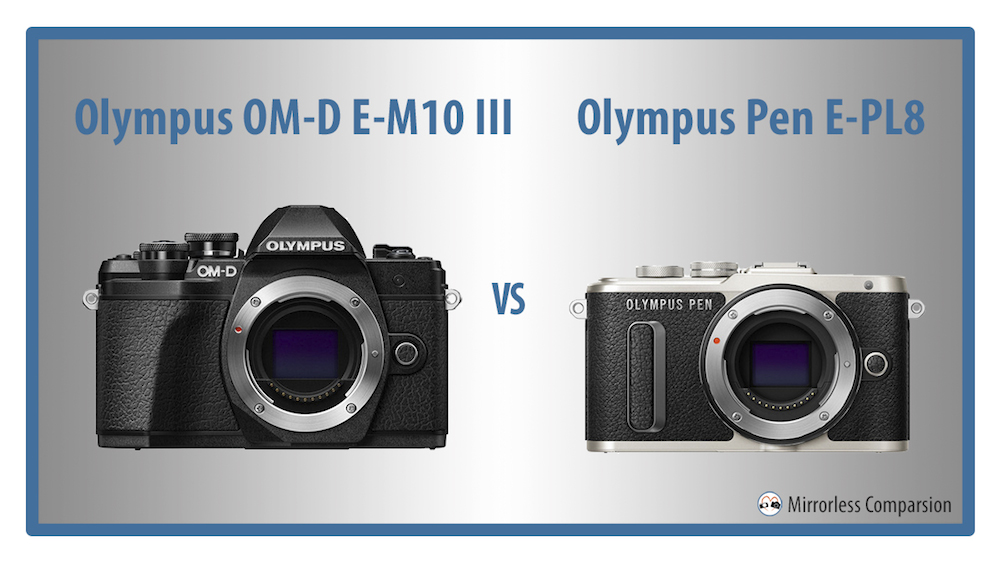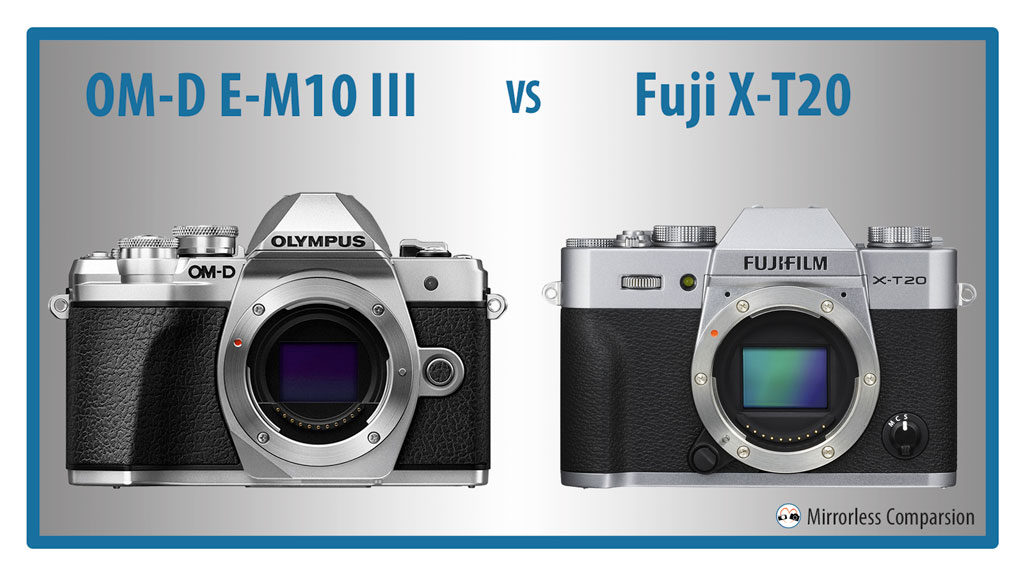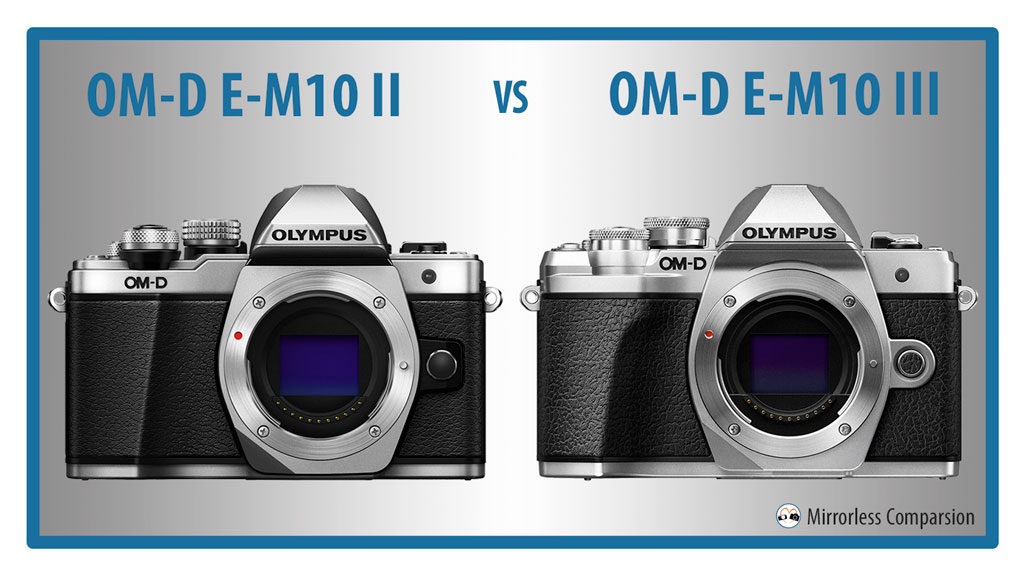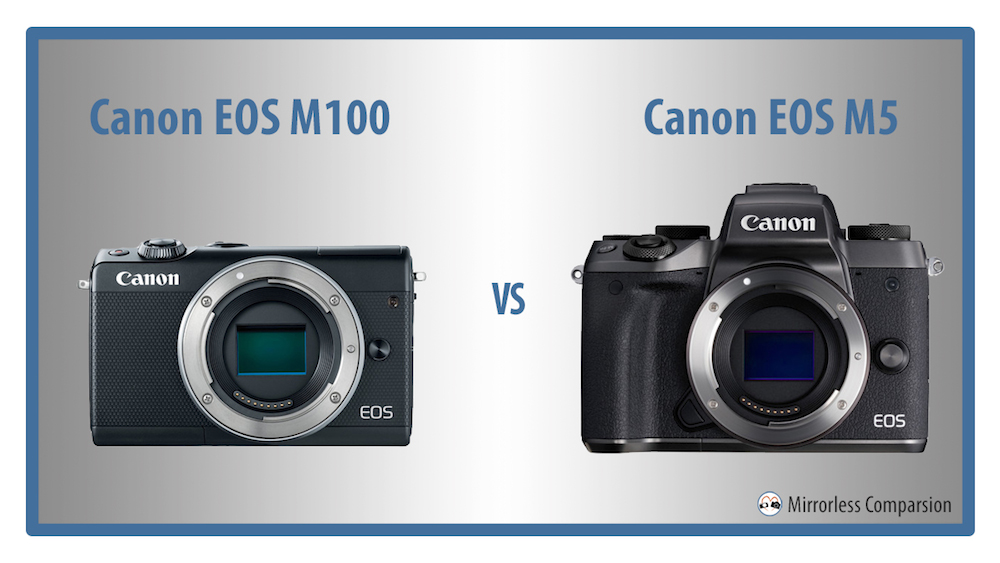Olympus’ range of mirrorless interchangeable lens cameras currently consists of two branches. On one hand, there is the OM-D line-up which is modelled after the classic OM-1 film camera from the 1970s. On the other, we find the Pen range whose design was inspired by the original Pen F half-frame 35mm SLR cameras.
Although OM-D and Pen cameras use very similar technology, they are easily distinguishable by their design. For example, all OM-D cameras feature an electronic viewfinder inside a centrally placed hump whereas the Pen cameras either have an electronic viewfinder positioned on the left or more commonly, no viewfinder at all.





